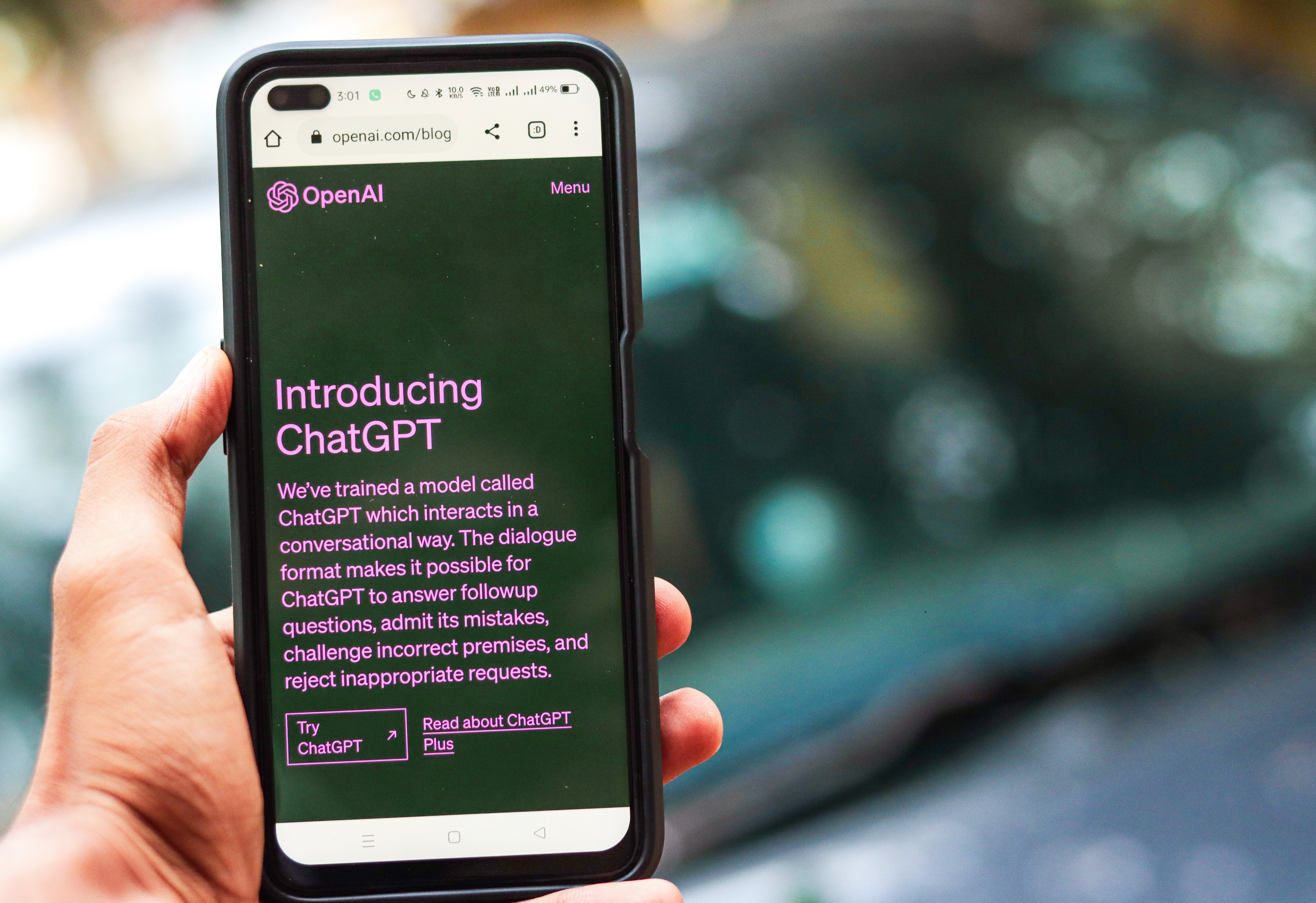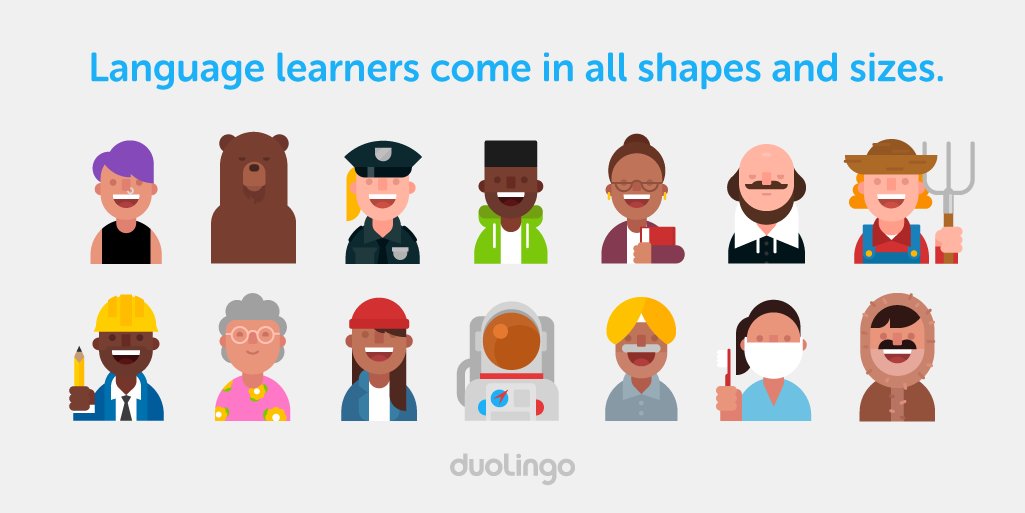Designing for the Future: Trends That Will Shape Product Design in the Next Decade
Predicting trends in the digital realm is no simple task.
Gone are the days when design trends spanned decades; the pace of change has accelerated dramatically, making it increasingly challenging to stay ahead.
Nevertheless, at Inktrap we’ve been keeping an eye on some of the most important shifts in the world of product design to identify those we believe are here to stay.
Let's dive in for a closer look!
1. AI’s Future in Digital Product Design

It is hard to talk about the future without discussing AI.
In the realm of future digital product design trends, AI stands as a transformative force, bringing efficiency and innovative opportunities to the forefront.
Consumer-facing products have already witnessed the integration of AI in various forms, from virtual assistants like Alexa to personalised content recommendations on platforms like Netflix and Amazon. However, the real excitement lies in the potential that AI holds as it continues to evolve, here are a few examples:
Unlocking Value through AI language model integrations
In 2023, it's impossible not to mention ChatGPT, a groundbreaking AI language model that has seamlessly integrated itself into virtually every digital tool I can think of. ChatGPT empowers a wide range of tasks, from simplifying email composition to generating creative content and code, while also facilitating language translation. Its profound impact on improving natural conversations signifies a significant leap forward in AI integration within our daily digital experiences, fundamentally transforming how we interact with technology and harness its capabilities.
Personalisation through Adaptive Interfaces
AI-driven adaptive interfaces represent a major leap forward in crafting highly personalised products. These interfaces dynamically adjust their appearance and behaviour according to users' preferences. Imagine interfaces that automatically tweak font size and colour based on the user's age or visual needs, or educational tools that adapt to each student's unique learning style - AI makes these possibilities a reality.
Harnessing Predictive Analytics to better understand our users
AI's prowess in predictive analytics transforms the way we understand user behaviour. By analysing data such as past purchases, feature usage, and website interactions, AI can predict how users will engage with products or services. This goes beyond mere content recommendations; it can even automate user testing or suggest new features. Google, for instance, is already experimenting with AI-driven user testing, automating many traditionally labour-intensive tasks.
Automation of Idea Generation and Design Tasks:
AI is also making waves by automating aspects of idea generation and design tasks. For instance, some products are looking into ways to create wireframes based on plain text prompts. Tools like Diagram integrate AI to assist with various design-related tasks, such as creating icons from text prompts, replacing placeholder copy, and even contextually renaming design layers in Figma. By automating these routine design tasks, AI empowers designers to focus their creative energies on more strategic aspects of their work. This not only accelerates the design process but also encourages innovation and the creation of more compelling digital products.
There are many more applications for AI, and while its ascent in product design is undeniable, it is not without its share of challenges. Ethical concerns loom large, particularly regarding biases and the notion of AI potentially replacing human designers entirely. Despite these obstacles, the prevailing trend points towards a collaborative future and promises to create more efficient design solutions in our ever-evolving digital landscape.
2. The rise of Design tokens
Design tokens are a very “hot” topic at the moment, with one of the big news from Figma in 2023 being the launch of “variables” that we’ve been eager to start implementing in our projects at Inktrap.
Think of design tokens as the fundamental building blocks of a design system. They encapsulate the intricate design choices that collectively define a design's visual identity. Instead of relying on complex codes for elements like colours, they use more intuitive names, facilitating clear communication between designers and developers.
What makes design tokens stand out is their capacity to ensure consistency by serving as a centralized repository for documenting and tracking style preferences and modifications. The key advantage here is scalability. Once applied, design tokens effortlessly propagate style updates across an entire product suite, eliminating the need for manual adjustments.
For instance, design tokens can be employed to systematically apply a dark mode or a high-contrast colour scheme to enhance visibility or adjust the type scale for better legibility on TV screens. They streamline the process, eliminating the need for manual tweaks.
To illustrate, let's consider Spotify's rebranding in 2015. At that time, it took them months to implement their new green colour consistently across all platforms. Today, thanks to a robust design system employing design tokens, achieving such consistency would only take a matter of minutes.
Incorporating design tokens into your design and development workflows can help future-proof your design system, maintain a cohesive visual identity, and deliver a seamless user experience as your product evolves
3. Inclusive Design: Creating Products for Everyone

By now, most of us are used to considering accessibility in our designs, however inclusivity goes beyond that.
All users can be excluded from using a product at different stages and along multiple dimensions. Inclusive design considers the needs of a wide range of users, including people of different ages, cultures, location, economic situation, languages and more.
By creating inclusive design patterns, organisations can not only guarantee the product will be accessible, but a better experience for all users by fostering a sense of belonging.
Some examples of inclusive patterns going beyond accessibility we’ve seen are:
- Duolingo's Diversity: Duolingo features characters from diverse backgrounds, making it more welcoming to a wide range of learners.
- Pinterest's Hair Filters: Pinterest allows users to filter content by hair pattern, benefiting those with unique hair conditions (hair loss or others which might not always be considered).
- Sephora's Age Filters: Sephora lets users filter products by age range, enhancing the shopping experience for customers seeking age-appropriate products.
You can read up more about this topic on the Nielsen Norman group’s website here
4. Sustainably designed digital products

You might have heard that the global communication industry's rapid growth is turning it into one of the largest producers of carbon emissions, predicted to consume 20% of global electricity by 2025. In light of this, considering the environmental impact of our digital products is more critical than ever.
We've recently published an article on how to design and code websites that are gentler on the environment (check out our article here). The good news is that enhancing your website's environmental efficiency doesn't just benefit the planet; it can also lead to faster loading times and a more accessible user experience. It's a win-win!
5. Towards Humanity-Centered Design

At Inktrap, we're committed to taking a holistic view when developing new digital products. As people become more aware of the impact that products and services have on the world, one trend we believe is here to stay is the concept of Humanity-centered design; an idea proposed by Don Norman of the Nielsen Norman Group. ****
Humanity-centered design builds on the foundation of human-centered (HCD) design but expands its focus beyond individual user needs to consider the needs of society as a whole, the long-term consequences of our designs, and the interconnectedness of all people.
Don’t get me wrong, Human-centered design has created some amazing products and services, but it can also have unintended consequences. For example, a platform initially meant to connect people that evolved into an addictive, echo-chambered space (e.g. Facebook). Or a platform designed to offer users the chance to live like a local but that inadvertently reduced the availability of affordable housing (e.g., Airbnb).
This underscores the importance of augmenting the HCD approach with critical reflection on the long-term business, social, and environmental impacts of our creations. So, while we continue to ask ourselves 'how might we?' in the design process, it's equally crucial to pose the question 'at what cost?'.
At a designer’s scale, Humanity-centered design finds applications across various domains, from crafting sustainable connected urban environments and inclusive digital platforms to responsible AI algorithms. It's a guiding principle that encourages us to consider not only immediate user needs but also the broader implications of our designs on individuals, society, and the planet.
For further insights into humanity-centered design, check out this article: https://www.interaction-design.org/literature/topics/humanity-centered-design
A thought provoking article with interesting links: https://www.artefactgroup.com/ideas/towards-humanity-centered-design/
To conclude
We believe that all these trends will undoubtedly influence how we create digital products and services for the decade to come. By embracing innovation, inclusivity, sustainability, and humanity-centricity, we can navigate the ever-changing design landscape and craft digital experiences that truly stand the test of time.
Stay tuned for the exciting developments ahead!
Let's get started

Chat with James
Book a free discovery call with our co-founder to see if we’re a good match for your requirements.
